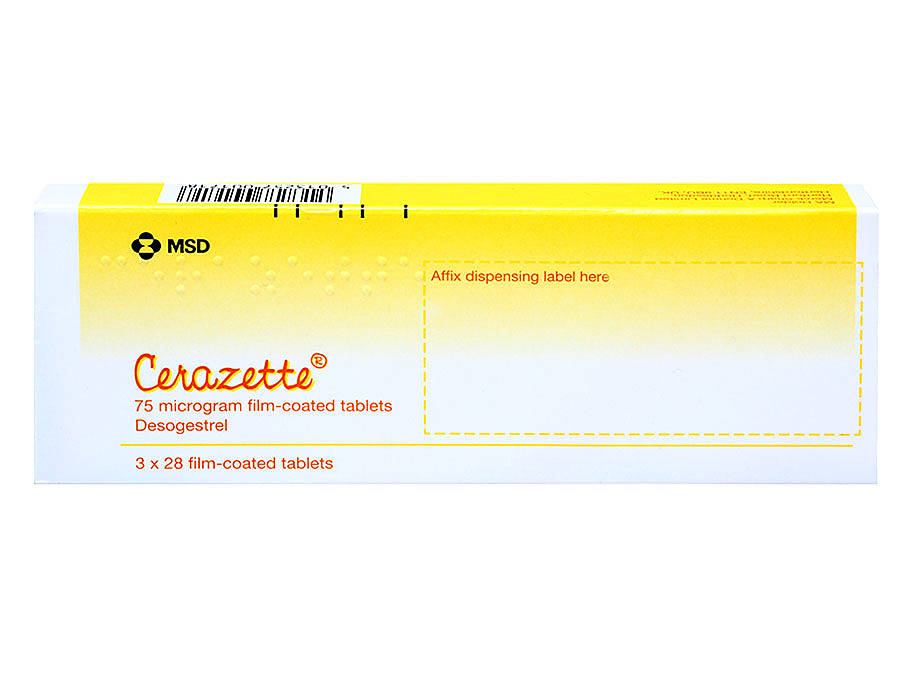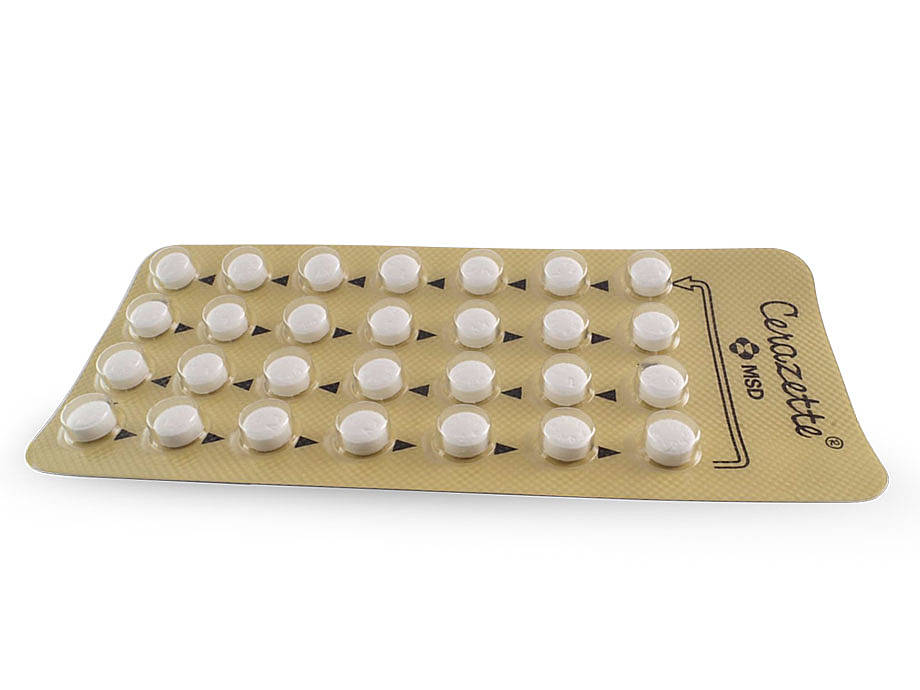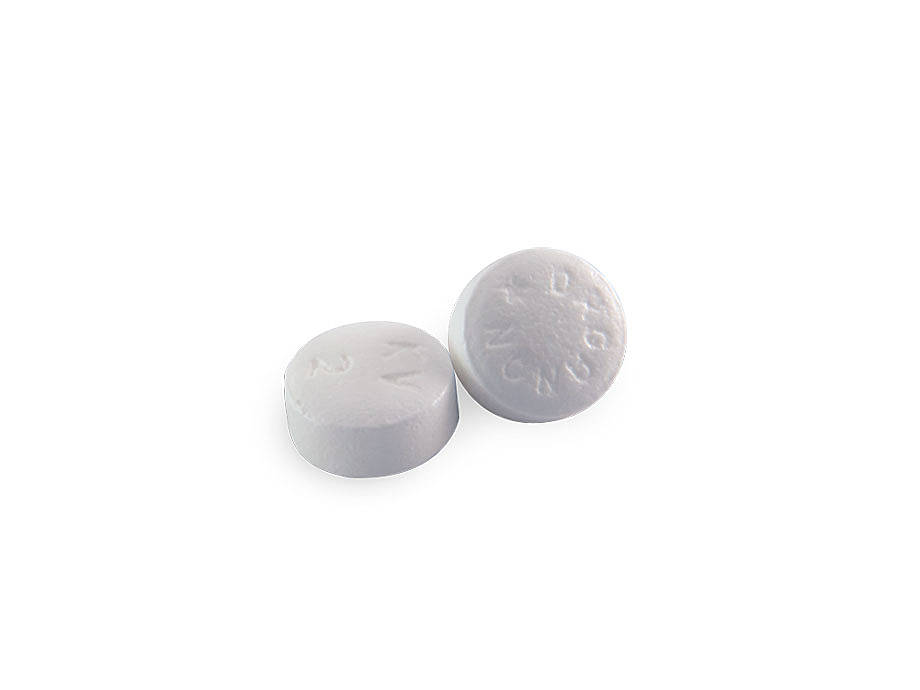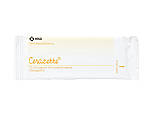Cerazette
Order Consultation for Contraceptive Pill








To place a prescription order for the contraceptive pill, fill in our brief questionnaire. You can choose a preferred contraceptive pill, such as Cerazette or Microlite.
One of our doctors will check if the medication is suitable for you and issue your prescription to a local pharmacy in Ireland or your home address. Alternatively, you can choose to have your medication delivered directly to your door.
A consultation for the contraceptive pill prescription costs €21.50.



About Cerazette
What is Cerazette?
Cerazette is an oestrogen-free contraceptive pill containing synthetic progesterone (desogestrel). It’s often known as a progesterone-only pill (POP), or the mini pill. It is taken to prevent pregnancy and is an option for women who want to or need to avoid oestrogen. Cerazette must be taken within a 12-hour window around a fixed time each day to prevent pregnancy. Some other oestrogen-free pills have to be taken within a more restrictive 3-hour window, so this is one of the benefits of taking Cerazette.
What's in a Cerazette tablet? – Cerazette contains 75 micrograms of Desogestrel as the active ingredient. This is a synthetic version of progesterone, which occurs naturally in the body.
How does Cerazette work? – the active ingredient in Cerazette, desogestrel, prevents ovulation (egg release from the ovaries) and increases the thickness of the cervix mucus lining (neck of the womb entrance), which makes it more difficult for sperm to access the womb from the vagina.
What are the advantages and disadvantages of Cerazette?
If you want or need a POP instead of a combined oral contraceptive (COC), Cerazette may be more effective than traditional POPs. Cerazette, with its 12-hour window of taking the pill daily, provides more flexibility than many other POPs which only have a 3-hour window. Cerazette also acts differently from other POPs: it stops ovulation in 97% of cycles, whereas most POPs don’t consistently suppress ovulation, but depend on thickening the cervical mucus for the most part of their effects.
Progesterone only pills overall are more than 99% effective meaning that less than 1 in 100 women per year become pregnant when using this pill perfectly.
POPs allow you to use contraception during breastfeeding and are the recommended type of contraceptive for smokers over 35 years old and for women with body mass index (BMI) of more than 35 kg/m2.
What other advantages does Cerazette have? – since Cerazette doesn’t contain oestrogen, it doesn’t have the risk of deep vein thrombosis associated with combined oral contraceptives (COCs). Cerazette can be taken by women who’ve been advised not to take a combined pill – for example, women with high blood pressure, migraines with aura, and certain heart conditions.
What are the disadvantages of Cerazette? – one disadvantage is that your bleeding pattern is likely to change with Cerazette (but some women might see this as an advantage). In the first 3 months of starting Cerazette, frequent bleeding, prolonged bleeding, and infrequent bleeding are all more common than with traditional POPs. When taking Cerazette for more than 1 year:
- 5 out of 10 women can expect to have infrequent or no periods (always take a pregnancy test if you haven’t taken the pill correctly)
- 4 out of 10 women can expect to have regular spotting/bleeding episodes (3 to 5 episodes in 3 months)
- 1 out of 10 women can expect to have frequent bleeding (more than 6 episodes in 3 months)
- 2 out of 10 will experience prolonged bleeding (episodes lasting more than 14 days)
After 3 months, if bleeding is persistently prolonged or frequent, or you have been on Cerazette longer than this and notice a change in your bleeding pattern, or you notice bleeding after sex, pain during sex or a change in your vaginal discharge, speak to your GP to make sure there are no other underlying causes for your bleeding.
In addition, as with all oral contraceptives, you need to take the pill at roughly the same time every day. As day to day life can make remembering to take the pill on time difficult, the effectiveness of POPs decreases to 91% when they’re not taken perfectly.
Cerazette has some potential side effects including headaches, acne, nausea, loss of libido, and breast pain.
Do I still need to use a condom if I am taking Cerazette? – taking Cerazette does not protect you from STIs (sexually transmitted infections). Using a condom is the best way to provide STI protection, and it is a good back up precaution for preventing pregnancy.
Can I drink alcohol whilst taking Cerazette? – alcohol does not interact with Cerazette and will not make the contraceptive pill any less effective. However, drinking too much alcohol can have very severe impacts on your general health and so should be avoided.
How does Cerazette compare to other contraceptives? – many of the other oral contraceptives are combined, meaning they contain more than one synthetic hormone (usually various combinations of oestrogen and progesterone). However, Cerazette contains only synthetic progesterone (desogestrel) so it is one of the “progesterone only” pills or “POPs”.
Cerazette must be taken every day without a break between packs, regardless of your cycle, unlike the combined contraceptives, which are traditionally taken for 21 days per cycle, starting on the first day of your period. Both combined contraceptives and POPs are more than 99% effective at preventing pregnancy when taken correctly.
Cerazette is more effective than condoms and the female diaphragm. But when Cerazette isn’t used perfectly, it’s less effective than long-acting reversible contraception options like the progesterone-only injection, progesterone-only implant, levonorgestrel intrauterine system, and copper intrauterine device.
Cerazette is different from the other progesterone-only pills as it actually stops ovulation, which makes it more effective. The other POPs don’t do this, with the exception of Cerelle.
Are there any other progesterone-only pills? – yes, there are a wide range of POPs including Cerelle, Micronor, Norgeston and Noriday. However, Cerazette and Cerelle are probably the best of the progesterone-only pills, because they can be taken within a 12-hour time frame around a fixed time each day, compared to a 3-hour window with other POPs. This factor can help you stick to a more effective pill-taking routine. Cerazette and Cerelle also stop ovulation, unlike the other POPs, making them more effective.
Using Cerazette
When do I start treatment? – since you need to take Cerazette every day for the treatment to be effective, it does not matter exactly when you start taking Cerazette. If you have regular periods and start Cerazette within days 1 to 5 of your period, it’s effective immediately. Otherwise, it will take 48 hours for the treatment to be effective, so during this time you need to take extra precautions and wear a condom. Talk to your doctor about the best time to start Cerazette if you’ve given birth recently, had a termination of pregnancy or a miscarriage, don’t have regular periods, or have taken emergency contraception.
What dosage do I take? – a single Cerazette tablet contains 75 micrograms of Desogestrel. You should take one per day. Taking more than this will not have an adverse health effect, but it will not improve your protection and may make you feel nauseous.
You should take the pill at the same time every day so that you are taking a pill roughly every 24 hours. If you don’t take a pill in your assigned 12-hour window (e.g. it’s more than 36 hours since you last took a Cerazette pill), you should take the missed pill straight away and take your next pill at the usual time, even if this means taking 2 pills in one day. You should also use condoms if you have sex within 48 hours of taking the next pill. If you have unprotected sex within the 48-hour timeframe, you’re at risk of pregnancy and may need emergency contraception.
How will I know if Cerazette is working? – there is no sure way of telling if your contraception is working unless you can test whether you are pregnant or not. Be assured that if you take your contraceptive pill correctly, you will be 99% protected from getting pregnant. It is normal that periods are suppressed or become infrequent or light when using Cerazette. You are not necessarily pregnant if you miss a period on Cerazette. However, if you are concerned, take a pregnancy test or talk to your doctor.
What if I am sick? – if you vomit or have diarrhoea within 2 hours of taking the pill, it may not have been absorbed into your body properly. In this case, take another pill as soon as possible within the 12-hour window and then continue taking the pill as usual.
Can I still get pregnant if I stop taking Cerazette? – yes, the contraceptive pill is reversible. Once you stop the mini pill, there’s a normal chance you will get pregnant. However, if you take your pills consistently and as recommended, protection against pregnancy is 99% effective.
Cerazette side effects and risks
As Cerazette does not contain oestrogen, users are not at risk of developing some of the side effects associated with taking a combined contraceptive pill.
Many women will have a change in bleeding pattern with Cerazette.
Common Cerazette side effects include:
- Headache
- Loss of libido
- Acne
- Nausea
- Breast pain
These may affect around 10% of women.
Uncommon Cerazette side effects include:
- Vaginal infections
- Vomiting
- Contact lens intolerance
- Alopecia, ovarian cysts
- Fatigue
- Pain during menstruation (Cerazette can also be used to treat this)
These may be experienced by between 1 and 10% of women.
Rare Cerazette side effects include:
- rash
- urticaria (a disease affecting the skin through changes to the immune system)
- erythema nodosum (inflammation of fat cells under the skin, causing redness)
- in very rare cases, the breasts may give off discharge or an ectopic pregnancy may be experienced. However, Cerazette reduces the risk of ectopic pregnancy overall by reducing the risk of pregnancy. If you experience nipple discharge, see your GP, and if you have a positive pregnancy test with any abdominal pain, dizziness, bleeding, diarrhoea, vomiting, or changes to your urine, seek medical assistance immediately
- a link between POPs and breast cancer has not been proven but cannot be completely excluded due to limited studies
- although listed as potential side effects, it is not proven that Cerazette causes weight gain or mood disturbance
You must not take Cerazette if you:
- have a severe allergy to any ingredient in Cerazette
- have a lactose intolerance
- have severe liver disease/a history of liver disease from which you have never fully recovered, including liver cancer
- have or have had, sex-steroid sensitive malignancies including breast cancer
- have unexplained vaginal bleeding
- are pregnant
- are taking Cerazette and have a stroke or ischaemic heart disease
You must discuss with your doctor if you:
- are under 16
- are over 50
- have venous thromboembolism (deep vein thrombosis or pulmonary embolus)
- have diabetes
- have uncontrolled high blood pressure
- have chloasma (brown patching on your skin)
- have depression
- are taking any regular medications or have finished any medications in the last 28 days, including over the counter treatments and herbal remedies, as some may affect the ability of Cerazette to prevent pregnancy or the absorption of the pill
Also, if any of these effects start when you begin taking Cerazette, you should stop the treatment, use barrier protection, and speak to your doctor as soon as possible.
Please read the patient information leaflet or speak with your doctor for a full list of medications or conditions which may interact with Cerazette.
What happens if you stop taking Cerazette?
Risk of pregnancy – once you stop taking Cerazette, the hormones in your body will subside within a few days. Therefore, you will need to use contraception immediately after you stop taking the pill to prevent pregnancy. If you’re sexually active, you could become pregnant after 24 hours of taking your last pill.
Periods going back to normal – you’re likely to have a period within a few weeks of stopping Cerazette and should see your doctor if you don’t. You can also expect your periods to be as they were before you started taking Cerazette. If you would like to come off Cerazette, you can get advice from your GP, nurse or pharmacist. If you don’t want to get pregnant, you should use other forms of contraception such as condoms.
Active ingredient
The active ingredient in Cerazette is desogestrel.
Who can take Cerazette?
Most women who want to prevent pregnancy can take Cerazette. You can’t take Cerazette if you’re pregnant. However, you can take Cerazette if you’re breastfeeding, unlike the combined contraceptive pills that contain oestrogen – these can’t be given to mothers breastfeeding very young babies.
In addition, women who smoke can take Cerazette as it is oestrogen-free. Oestrogen in combination with smoking significantly increases cardiovascular risks and the risk of venous thromboembolism (VTE), i.e. blood clots and deep vein thrombosis, particularly in women over 35.
Cerazette side effects
As Cerazette does not contain oestrogen, users are not at risk of some of the side effects associated with taking a combined contraceptive pill.
However, many women may experience irregular bleeding while on Cerazette. Other common side effects can include acne, loss of libido, nausea, headaches, and breast pain.

Dr Clair Grainger studied at The University of Edinburgh from 2004 to 2009. She's worked in hospitals throughout Edinburgh and London before completing her GP training in North Middlesex Hospital in 2017.
Meet our doctorsLast reviewed: 08 Mar 2019
